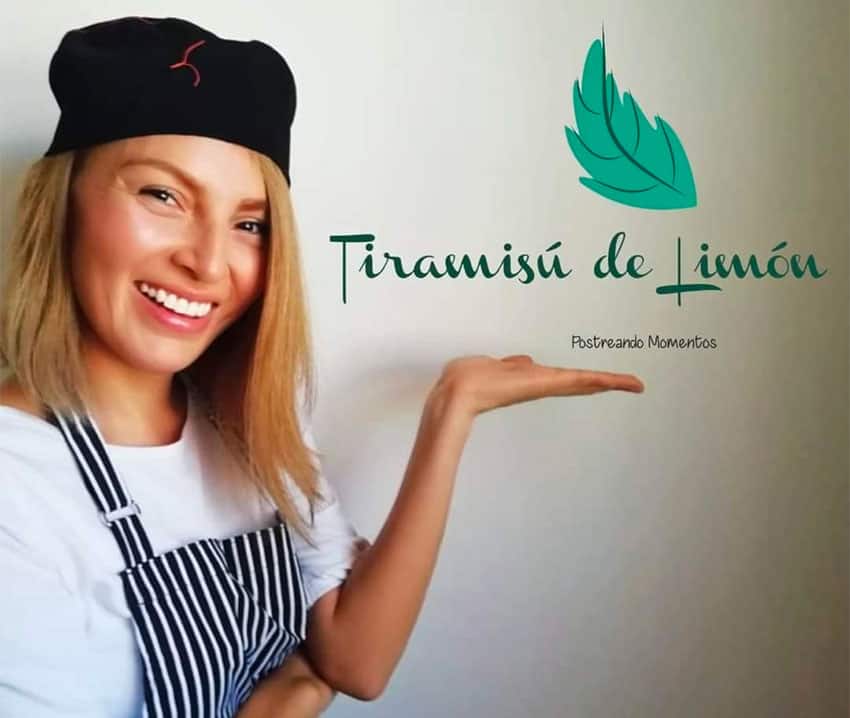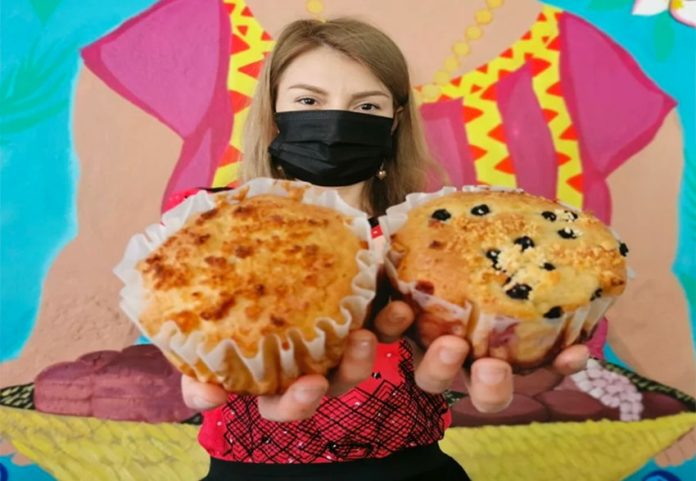A chef in the Isthmus of Tehuantepec region of Oaxaca is tantalizing taste buds with her culinary creations that boast a range of distinctive Zapotec flavors.
Nabila Nichdali Aguilar Bla, a 31-year-old Zapotec woman who studied at the Culinary School of the Southeast in Mérida, Yucatán, uses a variety of Isthmus cheeses and locally-grown fruits in her popular cakes and desserts.
After returning to her home town of Unión Hidalgo in the Juchitán district of the Isthmus region six months ago, Aguilar started experimenting with local ingredients as she put her years of training in traditional baking techniques to use.
She now uses three different types of cheese in her orange cakes and caramel custard flans to strike a perfect flavor balance between sweet and savory. One of the cheeses is known as quesu bidxi by the Zapotec people and is characterized by its saltiness and intense flavor.
The others are queso oreado, which also has a strong flavor but is less salty, and queso fresco de leche, which is made with cow’s milk.

Locally-grown fruits also caught the eye of Aguilar, who ventured to start her own culinary business despite the difficulties of doing so during the coronavirus pandemic.
The young chef decided to use coyol, a fruit from a palm tree that is cultivated in Unión Hidalgo, in some of her cakes and desserts. She also flavors cold beverages with a whitish liquid known as taberna that is extracted from the same tree.
“The palm tree from which the taberna and coyol come is only cultivated in Unión Hidalgo; they are two gastronomic elements that are only produced and consumed in this area, they belong to us. I buy them directly from the producers and contribute to their economy,” she told the newspaper El Universal.
Aguilar also uses tejocote, or Mexican hawthorn, as the base ingredient for a jam to which she also adds mezcal – Oaxaca’s world famous spirit, basil and other locally-grown herbs. She then uses the jam as an ingredient in some of her baked goods.
“I’ve always believed in recipes that combine [ingredients], … that’s why in our creative cuisine we never stop combining regional and natural flavors,” she said.
Her products have found a loyal following in her home town in the months since she started selling them and Aguilar even sends orders beyond the Isthmus region.
Despite being busy with her new business, the chef has found the time to teach, along with a local artist, a cooking and art workshop for children who have been stuck at home attending virtual classes for the past year.
“We saw that the people most affected [by the pandemic] are children because [they attend] classes on line but don’t have spaces to have fun together … so we started the workshop,” Pedro Hernández, the artist, told El Universal.
Source: El Universal (sp)
